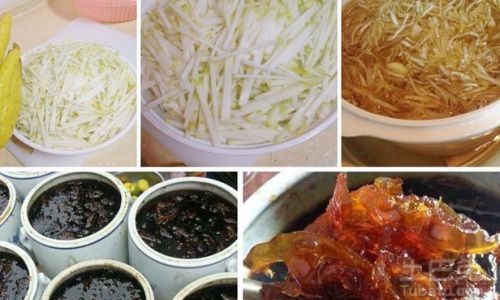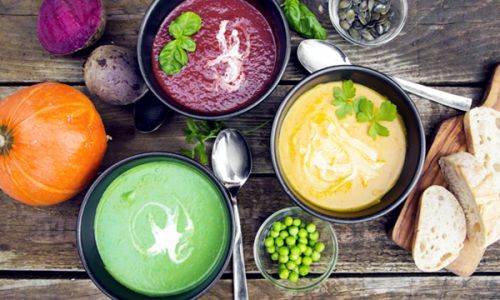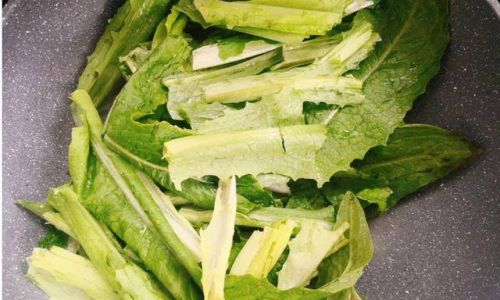Introduction

In the vast tapestry of citrus fruits, the bergamot (Citrus bergamia) stands out as a unique and aromatic gem. Native to southern Italy, particularly the Calabria region, this small, oval-shaped fruit boasts a zesty, tangy flavor with a hint of floral sweetness that is both invigorating and soothing. Unlike its more common relatives like oranges, lemons, and limes, bergamot is less known for its direct consumption but rather for its essential oil, which is widely used in perfumery, aromatherapy, and even tea blends. However, fresh bergamot offers a world of culinary possibilities that are often overlooked. This article aims to explore the correct ways to enjoy fresh bergamot, unlocking its full potential and introducing you to a delightful culinary journey.
Understanding Fresh Bergamot
Before diving into the various culinary applications of fresh bergamot, it’s essential to understand its unique characteristics. The bergamot tree is a small evergreen that produces fruits year-round, with peak harvests typically occurring between December and February. The fruit itself is covered in a thick, bumpy rind that is rich in essential oils, giving it a strong, aromatic scent. Inside, the flesh is segmented and contains juice that is bitter-sweet, with a pronounced tanginess.
The rind is particularly prized for its essential oil, which is extracted through a process called steam distillation. This oil has a complex, multifaceted aroma that combines floral, fruity, and slightly minty notes, making it a staple in high-end perfumes and natural remedies. However, the flesh of the fruit, often discarded in commercial oil production, holds its own set of culinary delights.
Preparing Fresh Bergamot: Essential Tips
Before incorporating fresh bergamot into your recipes, there are a few essential preparation tips to keep in mind:
-
Zesting and Peeling: The rind of the bergamot is where most of the aroma and flavor reside. To harness this, use a sharp knife or a zester to remove the outermost layer of the rind in thin strips. Be careful not to include the white pith, which can be bitter and unpleasantly tough.
-
Juicing: While the juice of the bergamot is not as abundant as other citrus fruits, it can add a unique twist to drinks and marinades. To juice a bergamot, cut it in half and use a citrus reamer or juicer, being mindful of the seeds, which can be bitter.

-
Seed Removal: Fresh bergamot contains numerous seeds, which are generally not eaten due to their bitterness. Carefully scoop out the seeds before using the flesh or juice in your recipes.
-
Storage: Fresh bergamot should be stored at room temperature for a few days or refrigerated for up to a week. For longer storage, you can freeze the whole fruits or their zest and juice in airtight containers.
Culinary Applications of Fresh Bergamot
Now that you’re equipped with the basics of preparing fresh bergamot, let’s explore some exciting culinary applications that will elevate your dishes to new heights.
Beverages: Infusing Aroma and Flavor
Fresh bergamot is a natural fit for beverages, where its aromatic oils can be fully appreciated. Here are a few ideas:
-
Bergamot Tea: While commercial Earl Grey tea is infused with bergamot oil, you can create your own fresh version by steeping bergamot zest in hot water. Add a touch of honey or lemon for a balanced sweetness.
-
Cocktails and Mocktails: The floral, citrusy notes of bergamot make it an excellent addition to cocktails. Try muddling fresh bergamot zest with gin, vermouth, and other ingredients for a unique twist on a martini or gin and tonic. For mocktails, blend bergamot juice with sparkling water, honey, and a splash of lime for a refreshing, non-alcoholic drink.

-
Hot Toddy: During colder weather, a hot toddy infused with bergamot zest can provide a comforting, aromatic warmth. Simply steep the zest in hot water, add whiskey, honey, and a slice of lemon, and enjoy.
Desserts: Adding a Tangy Twist
Fresh bergamot’s zesty flavor pairs beautifully with sweet dishes, creating a delightful contrast that enhances the overall taste experience.
-
Bergamot Sorbet: Make a refreshing sorbet by blending fresh bergamot juice with simple syrup and a touch of lemon juice. Freeze in an ice cream maker for a tangy, floral treat.
-
Citrus Curd: Incorporate bergamot zest and juice into a classic lemon curd recipe for a unique twist. The result is a rich, creamy dessert with a hint of floral sweetness and a tangy kick.
-
Panna Cotta with Bergamot Syrup: Prepare a light, creamy panna cotta and drizzle it with a syrup made from reducing fresh bergamot juice and sugar. The combination of creamy texture and tangy, floral syrup is a delightful sensory experience.
-
Fruit Salads and Compotes: Add fresh bergamot zest to fruit salads or compotes for an aromatic boost. The zest’s bright, citrusy notes will complement the natural sweetness of the fruits.
Savory Dishes: Enhancing Flavors

While fresh bergamot is often associated with sweet dishes, its unique flavor profile can also elevate savory recipes.
-
Marinades and Rubs: Use fresh bergamot zest and juice in marinades for meat, fish, or vegetables. The citrusy tang will tenderize the meat and add a layer of complexity to the dish.
-
Salads and Dressings: Incorporate bergamot zest into vinaigrettes for a refreshing, aromatic twist. The zest’s floral notes will complement the acidity of vinegar or lemon juice, creating a balanced dressing that enhances the flavors of fresh greens and vegetables.
-
Grilled Foods: Grilling vegetables, fruits, or meats with fresh bergamot zest can add a smoky, aromatic depth to the dish. Try grilling pineapple slices with bergamot zest for a tropical, citrusy treat.
-
Sauces and Condiments: Fresh bergamot zest can be used to flavor sauces, such as a zesty hollandaise or a tangy barbecue sauce. The floral, citrusy notes will elevate the dish, making it more memorable.
Preserves and Condiments: Capturing the Essence
Making preserves and condiments with fresh bergamot allows you to capture its essence and enjoy it throughout the year.
-
Jams and Jellies: Infuse fresh bergamot zest into jam or jelly recipes for a unique, floral twist. The zest’s aromatic oils will infuse the preserve, creating a delightful spread for toast or pastries.

-
Pickles and Relishes: Add fresh bergamot zest to pickling brine or relish recipes for a zesty, aromatic kick. The zest’s tangy flavor will complement the acidity of vinegar and the crunch of pickled vegetables.
-
Compound Butters: Create a compound butter by blending softened butter with fresh bergamot zest and a touch of honey or salt. This butter can be used to top grilled meats, vegetables, or baked goods for an aromatic, flavorful finish.
Conclusion
Fresh bergamot is a versatile, aromatic citrus fruit that offers a world of culinary possibilities. From refreshing beverages and tangy desserts to savory dishes and aromatic preserves, the unique flavor profile of bergamot can elevate your cooking to new heights. By following the essential preparation tips and exploring the various culinary applications outlined in this article, you can unlock the full potential of fresh bergamot and embark on a delightful culinary journey. So, the next time you come across this unique fruit, don’t hesitate to incorporate it into your recipes and discover the magic of fresh bergamot.





0 comments